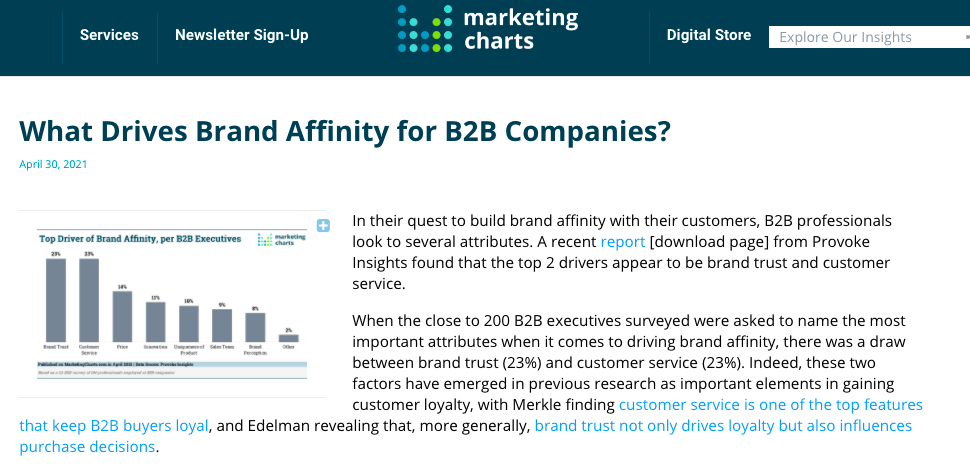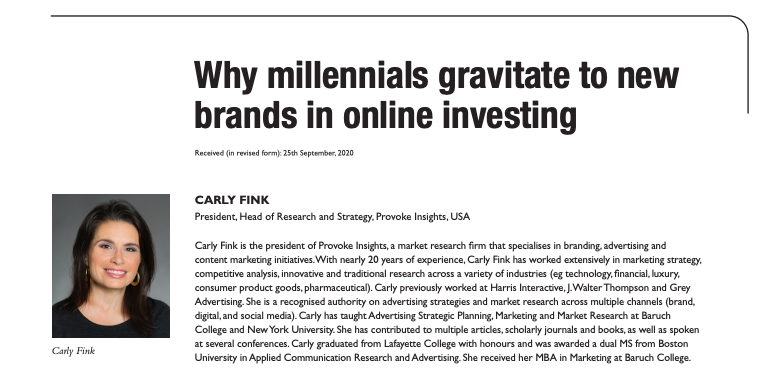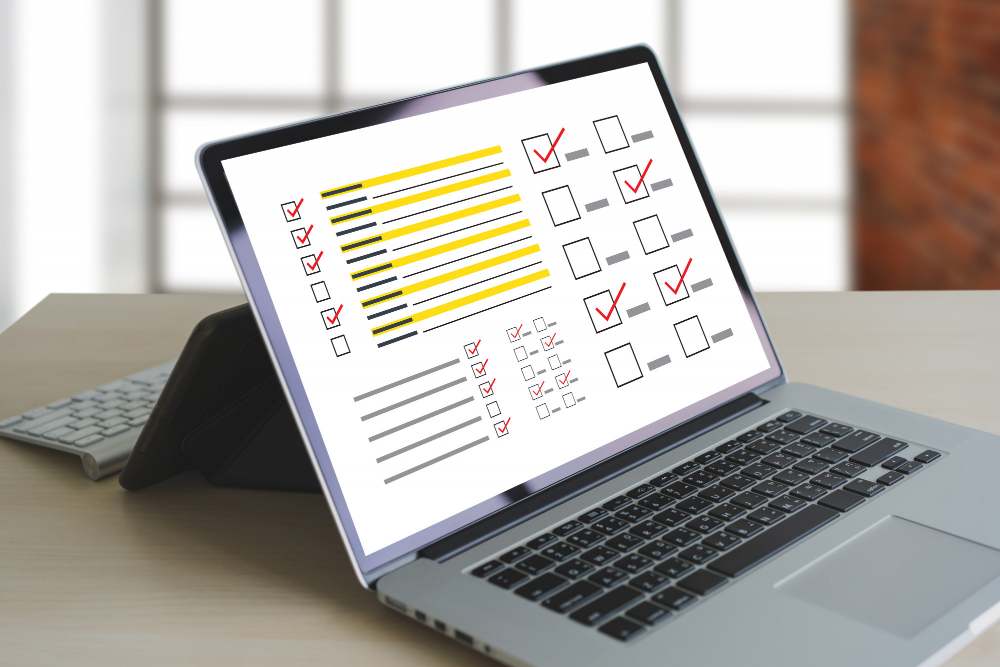What is Quantitative Research?
Quantitative research collects a large sample of respondents to survey a representative portion of a population. This type of research, typically conducted via surveys, is often meant to represent the audience you are targeting as a whole statistically. The large sample size required can paint a detailed picture of your projected market as a whole, but the results may lack the personal, more exploratory benefits of qualitative research. Here are some pros and cons of quantitative analysis to keep in mind when deciding if this route is suitable for your current needs.
Pros
Make Projections about Larger Populations
Imagine making significant marketing decisions or product launches on a whim; that can be detrimental to a company. It is essential before making expensive and timely decisions that you have data to back up your choices. Quantitative research can be used to map out a picture of how a population reacts or behaves. From this information, you can make sales forecasts, determine product interest, or even how your prospects will behave.
Tracking results
Need to understand pre and post behaviors from an ad campaign or a product launch? Or do you want to know how your brand compares to other products or services out there? Quantitative research allows you to compare results from a tracker or even competition statistically.
Sub-Segments and Comparing Different Cohorts
America is a melting pot of different beliefs, ethnicities, sexualities, and psychographic behaviors. To reach a larger market, brands must adjust their marketing to appeal to various audiences. Since quantitative research collects data among a large population, you can often determine if sub-groups have different opinions or beliefs compared to the population.
Cons
Results Lack Emotions
As quantitative research focuses on assessing the population as a whole, results are generally number-based. It can be difficult to use surveys to glean individual consumers’ inner thoughts and feelings. You may have been told that sarcasm can fall through the cracks in a text message. When you are simply considering the written word, you miss out on seeing gestures and facial expressions or hearing the tone in a person’s voice.
As a result, survey results will never be able to provide the level of detail into consumer’s emotions that can be achieved through focus groups or in-depth interviews.
Gathering Responses for a Niche Audience can be Difficult
Gathering any large sample can be a lengthy, difficult task. The narrower the target audience is for your survey, the longer it can take to find enough people qualified to enter your survey. Quantitative research may not be the best solution for studying such a specialized segment. These cases may be more suited for qualitative methods, like focus groups or interviews, which require much smaller samples.
Errors Everywhere – Do Not Want to Draw Wrong Conclusions
With free and low-cost survey tools out there, many companies believe they can conduct quantitative research independently. However, it is essential to have a trained market researcher to run this methodology. From leading questions to sample inaccuracies, there are numerous ways that your conclusions may end up telling you the wrong information. While it may be more expensive to hire a professional research company, you know that the data will be accurate.
Gathering a large enough sample can also be time consuming and costly.
Interested in learning more about the pros and cons of research strategies? Check out our pros/cons series here.
Are you interested in our market research capabilities?
-
Take a look at our research strategies here.
-
-
Sign up for our newsletters here.














